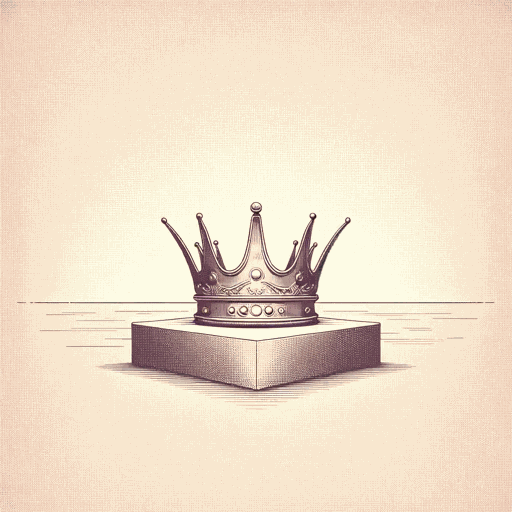58 pages • 1 hour read
Thomas HobbesLeviathan
Nonfiction | Book | Adult | Published in 1651A modern alternative to SparkNotes and CliffsNotes, SuperSummary offers high-quality Study Guides with detailed chapter summaries and analysis of major themes, characters, and more.
Symbols & Motifs
Leviathan
In the Book of Job the leviathan is described as a fearsome sea monster of unspeakable power that is controlled by God. No one who meets the leviathan can be reasonably expected to survive the encounter. For that reason, it may seem odd for Hobbes to frame an argument for how humans can live peaceably around a figure of such astonishing violence. At the same time, Hobbes makes it abundantly clear that the obedience required of the social contract between sovereign and subject is built upon the basis of fear. Only through sufficient awe of the sovereign’s power—akin to what a person might feel upon encountering the leviathan—will that contract stand and internal peace persist. Moreover, the fact that the leviathan is essentially an agent of God allows Hobbes to reject the divine right of kings while still admitting that the sovereign’s power—like all power—comes from God.
One can also interpret the symbol of the leviathan from an etymological perspective. The word is believed to have been derived from the Hebrew words lavah and thannin. While thannin means dragon, lavah means “to couple together.” Particularly in the context of the book’s frontispiece, in which the sovereign is a giant figure made up of the bodies of his subjects, Hobbes’s intent may be to suggest that the sovereign represents the collective wills of his subjects, transferred to the ruler through the covenant between them.

